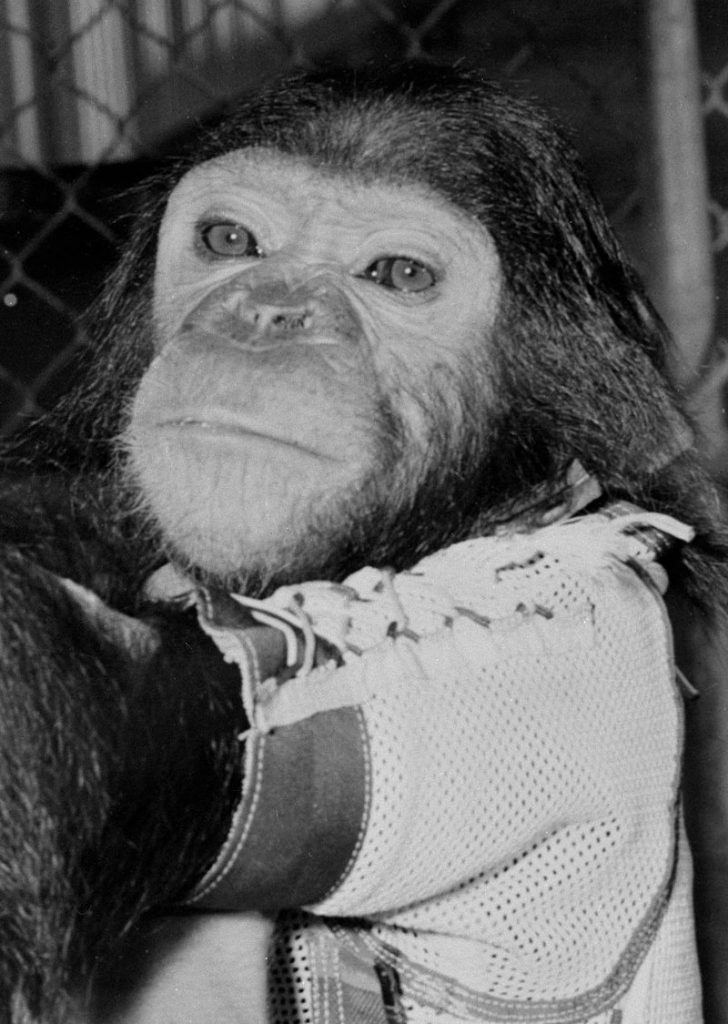Sometimes, you might say that you are lucky enough that you weren’t an animal used in labs for experiments. Besides lab-purposes, since the 18th century, animals were used to test newly invented balloons and aircraft. But did you know that animals really have reached far beyond what most humans have reached? Yes, literally, some had gone to space with astronauts!
Here are the animals that took one giant leap into space.
Perhaps, Laika is the most famous animal that has reached outer space. This dog launched aboard Sputnik 2, which was intended as a quick reiteration of the Soviets’ ability to hurl a large satellite into orbit on November 3, 1957. Unfortunately, Laika did not return to Earth as she died from excess heat and radiation within hours of achieving orbit. But Strelka and Belka, Laika’s comrades, safely completed a daylong mission on August 19, 1960.
Besides these amazing space-explorer furry pets, other animals that have been to space included apes, chimpanzees, frogs, fruit flies, guinea pigs, mice, monkeys, rabbits, reptiles—a menagerie.
Monkeys and apes
Monkeys, apes, and chimpanzees are a few of the favorite animals for experiments, just like in movies. Albert II was the first rhesus macaque type of primate into space on June 11, 1948. He rode to over 134 km on a V-2 rocket but died on impact returning to the Earth’s atmosphere because of a parachute failure.
There were already 32 primates that have been to space, including rhesus macaque, pig-tailed monkey, cynomolgus monkey, squirrel-tailed monkey, and chimpanzee.
Rodents
In 1950, the first mouse went into space and reached 137km altitude but died when the rocket disintegrated due to a parachute failure.
The use of mice in space experiments is to identify what effects space exploration will cause on the human body. Rodents and humans have 85% identical protein-coding regions, and some genes are 99 percent identical while others are only 60 percent identical. Still, it’s a more significant number compared to other animals.
NASA has a published detailed study of mice housed at the International Space Station, which quickly adapted to microgravity conditions.
Fruit Flies
Fruit flies were the very first animal or scientifically an insect that has reached space in 1947. The scientists were trying to determine the potential impact of cosmic radiation on astronauts in the future. Fruit flies have similar genetics to humans.
A ballistic missile, recovered from the Nazis at the end of World War II, was loaded with the fruit flies and traveled 109km into the air. It fell back to the Earth parachuted down to New Mexico.
Tortoise
In 1968, Zond 5 spaceship was launched by the Russians. It contained a capsule carrying samples of soil, seeds, worms, and two steppe tortoises.
The tortoises successfully completed a circuit around the moon and were sent back to the Earth after six days. The spaceship was supposed to land in Kazakhstan, but it veered off course and was eventually retrieved from the Indian Ocean. The tortoises were still alive but had lost weight by 10 percent.
Frogs
Amphibians were already part of the one great leap for mankind since 1959, but it was only in 1970 that frogs significantly contributed when NASA launched the Orbiting Frog Olotith spacecraft containing two bullfrogs.
‘Olotith’ refers to the inner-ear balance mechanism of frogs. The experiment aimed to determine the effects of space travel on motion sickness.
Data on the effects of sustained weightlessness were recorded with the implanted electrodes into the frogs’ thoraxes and the ear’s vestibular system. After six days, it was found out that the frogs were acclimatized, and their vestibular system had returned to normal.
Spiders
In 1973, Anita and Arabella, two garden spiders, were used in an experiment to see if they could still spin webs in space. Judith Miles, a high school student from Massachusetts, was the brains behind this experiment.
The experiment showed that microgravity significantly affects motor response as the spiders managed to spin webs, even though the webs were slightly more delicate than on Earth.
HOW DOES SPACE AFFECT ANIMALS?
The different animals used in different timelines of the exploration and discovery in space played significant roles, and not just merely for the sake of companion for astronauts. They helped gather information and data as to how space travel affects the human body.
Like how it affects humans, space can affect animals in various ways, as mentioned above. The behavior and bodily responses of animals were affected by microgravity. Other studies aimed to know how radiation would act on the organic matter outside of Earth’s protective magnetic field and atmosphere. You can learn more about outer Space at great museums like the Fort Worth Museum of Science and History.



